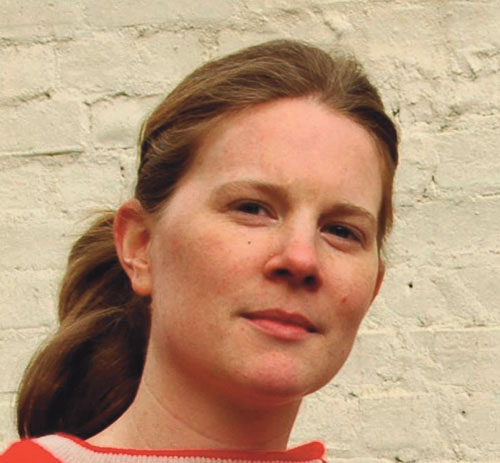Green path to a better world

Promoting sustainable principles can mean more profits for you and your clients, says Sophie Thomas, and it’s good for the planet, too
On reading an article recently my eyes froze on the phrase ‘little things can make a big difference’. Normally when I read this overused sentence – it is usually trying to persuade people to ‘do their bit’ for the planet – I groan because, as a communications designer who works in sustainable design, I understand the usual consequences of this phrase: a short-term reassurance that allows people to carry on buying and flying as ever before, because they have pledged to recycle more and have ‘Green branded’ their shopping list, while still the carbon emissions continue to soar.
But this sentence had more gravitas. It sat at the beginning of a report that made headlines on the BBC news recently. It was referring to the small temperature and climate changes that will create huge, probably irreversible and undeniably disastrous impacts on our planet that are now predicted to occur in the next decade.
But what has this terrifying fact got to do with the everyday business of design? As the communicators of messages and the persuaders of purchasers, I would argue that it has immense relevance.
At Thomas Matthews, we have been working with sustainability as an underlying principle in graphic design for ten years, since our formation in 1998. Over this time we have been researching, promoting and designing with innovative materials, products and processes.
We actively build awareness of sustainability and put pressure on our suppliers and clients, our sphere of influence, trying to effect change in our damaging industry.
We push at reducing our carbon footprint and that of our clients as much as we can. And we constantly question and discuss these issues as a team to help build our evidence and knowledge bank, trying to spread the word that alternative solutions are out there and, if not, why not?
Sustainable thinking is now part of our DNA, integrated in our conceptual designing, forcing us to use our heads to think more laterally. The work that comes out of our doors is not what you would expect – not a hairy jumper in sight – but fresh and innovative, following our other founding principles: good design and clear communication.
I can’t understand why more design groups don’t do the same. People still make excuses as to why they can’t run a successful design consultancy with Green credentials. We have been in profit for ten years developing principles that set our sights much, much higher than just using recycled paper (we do that as a given) but it’s all very achievable.
A lot of what we do is not rocket science but just good business practice, and we would be happier if there were more like us around.
With this in mind in 2006 we formulated our principles in the booklet, ‘Ten ways design can fight climate change’. By practising with sustainability at the top level of our thinking we know it informs our design for the better.
Designers have a key role to take on as ‘agents for change’ in the education and creation of new mindshifts in society. The nature and scale of global warming reveals that our existing social and commercial structures need evaluating and will be in need of redesigning.
As a consultancy, we now have the experience and practical knowledge to think on this scale and an understanding of the science behind it. As communicators, we are continuing to develop and use the skills to help empower the population to act on all levels and, most importantly, to keep on acting.
So when heads of advertising agencies proudly talk about their sustainable efforts while stepping in to their Aston Martins, you have to pity them. To me, this is not clever, but more an admission of guilt. It says they are ignoring the large Green elephant that sits in their studio or walks into the room with the client.
My advice is to sell the Aston Martin and take some responsibility for what you do. Put some creative thought into the future of our planet and the future of your business and we will all live happier lives.
Sophie Thomas is director of Thomas Matthews and co-founder of Three Trees Don’t Make a Forest
Ten ways you can fight climate change
• Rethink ways to communicate a client’s needs
• Reuse to create anew, achieve more with less
• Use recycled, innovative and eco-friendly materials
• Strive to reduce your, and your client’s, carbon footprints
• Seek out new technologies and collaborate with others
• Design things that will last by specifying the right materials
• Try to work with local suppliers, and ‘buy ethical’
• Work with clients that share your agenda
• Aim to create designs that are beautiful, clever and Green
• Show clients that being Green can save them money
-
Post a comment




